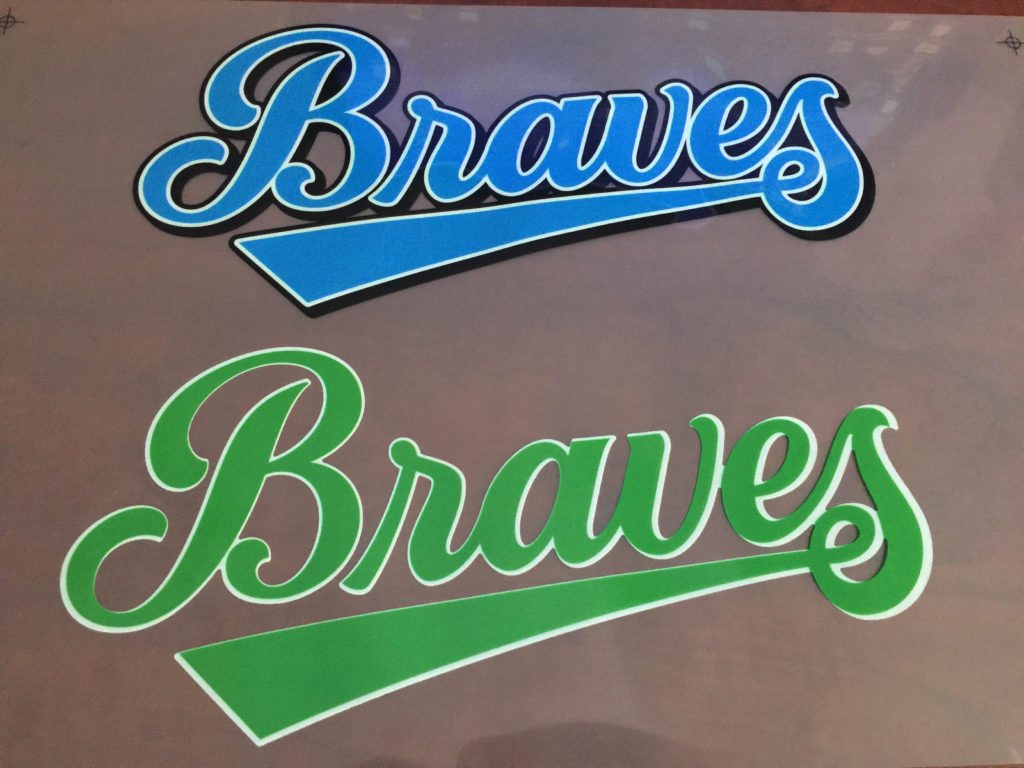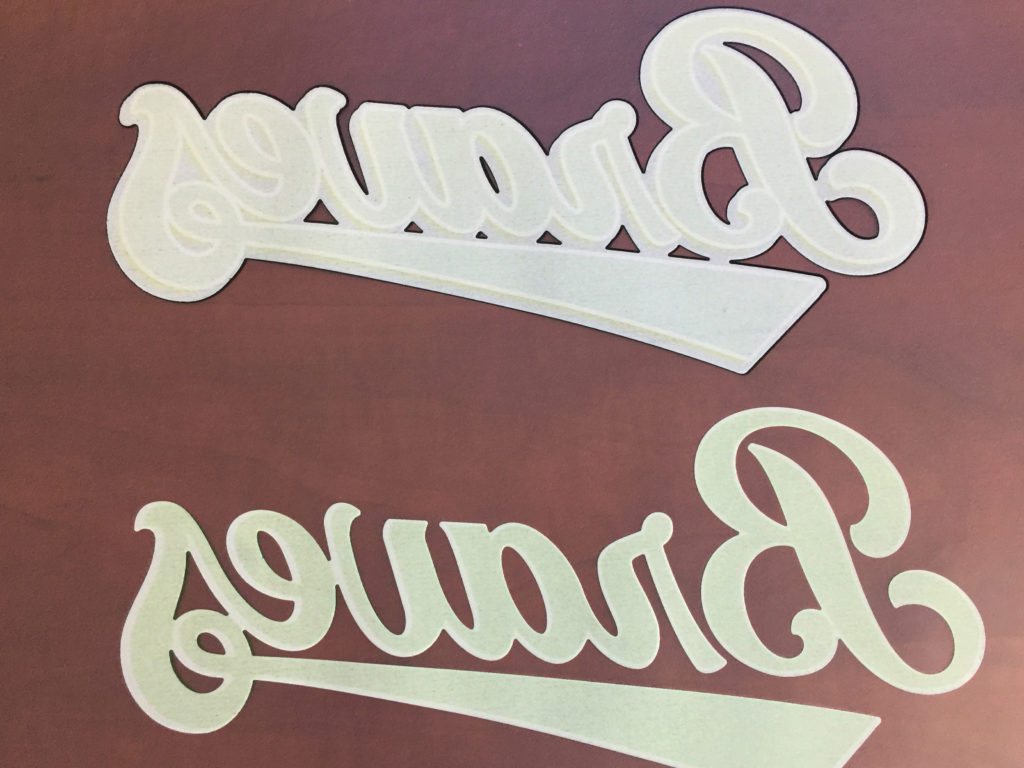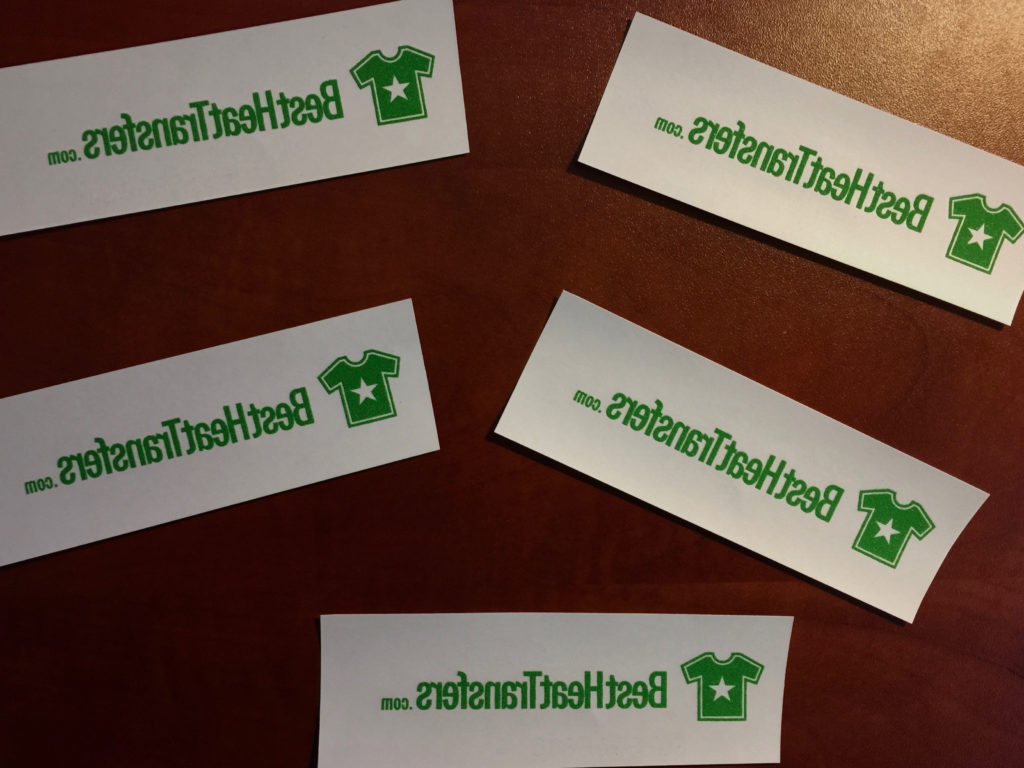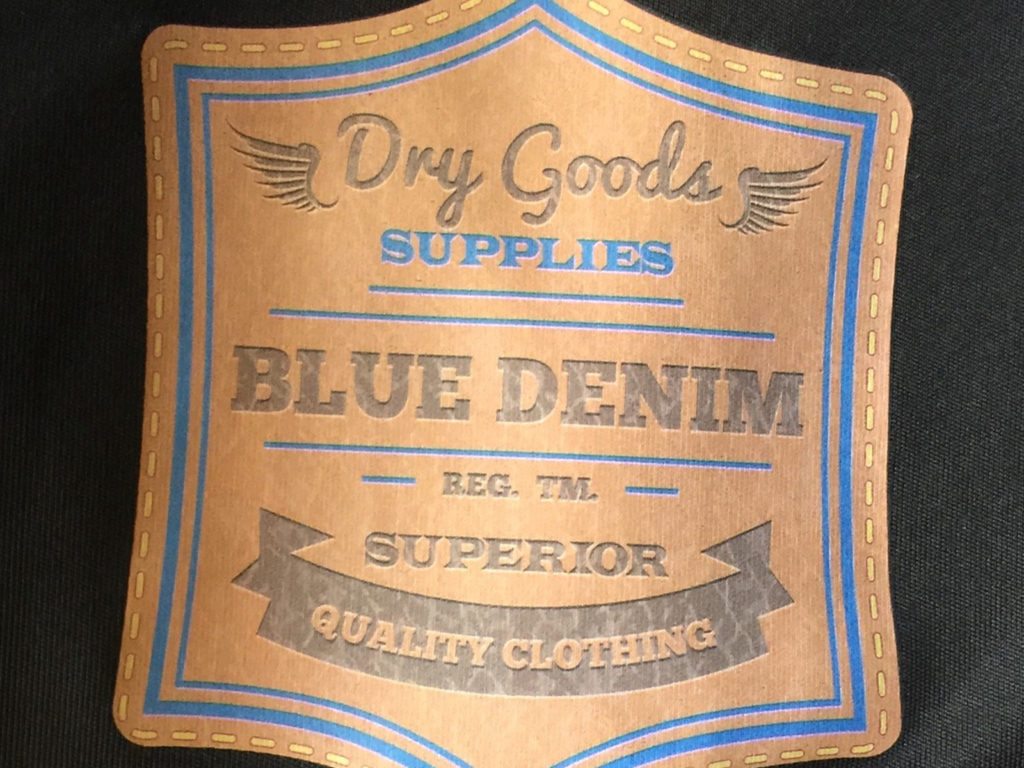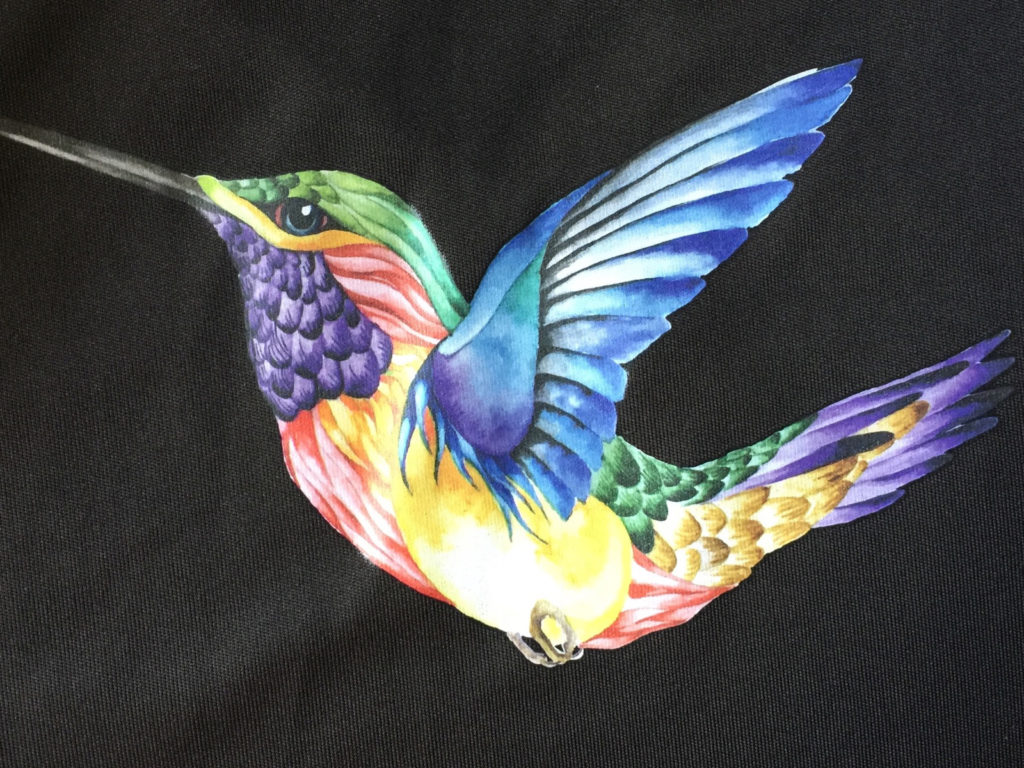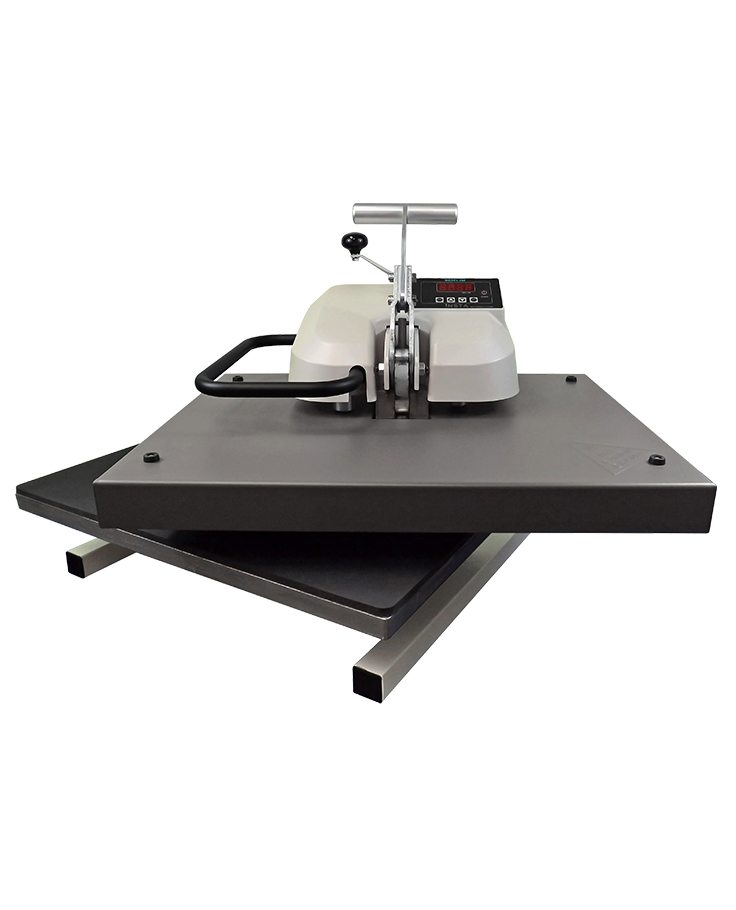How to use Transfer Paper – Which type of Transfer Paper to order
There are essential two (2) types of transfer paper with one being a combination of both types.
Screen Printed heat transfer paper is made using a silk screened ink which may be either a water based ink or a plastisol based ink. When using a screen printed heat transfer the individual ink colors are known as Spot Colors (see Glossary Heat Transfer Printing Terms).
Each “Spot” color is silkscreened or screen printed on a transfer paper which has been coated with a special “release” coating. This coating allows the transfer to peel away from the paper once the paper reaches the proper heat.
Screen Printed heat transfer benefits
- Look and feel like silk screened t-shirts
- Have a long shelf life (up to 2 years)
- Apply quickly using a heat press machine
- Can be printed with multiple ink colors
- Machine washable and last as long as screen printed T’s
- Small orders can be placed with Heat Transfer Manufacturers
Screen Printed heat transfer negatives
- Small halftones and shadows may not release properly
- Not all artwork will work with this process
- Some ink colors will need to be backed with white for opacity
- Large sizes can sometimes cost more than direct screen printing
The second type of transfer paper is a Digital Heat Transfer. This type of heat transfer uses a digital printer or copier to create CMYK or four color process. Using cyan, magenta, yellow and “K” for Black, digital heat transfers can be a great solution to provide an unlimited amount of colors in your design. Printing using CMYK uses toner or ink which is transparent. Each color is printed one color on top of the other just like your inkjet printer works. The colors will not be opaque unless some type of white is applied to the transfer to block the transparent colors from bleeding into the dark colored garment. The latest type of Digital Heat Transfer combines both a digital image and a screen printed ink applied during manufacturing. (see Aqua Color HD)
Digital / Screen Print heat transfer advantages
- Unlimited use of colors
- High resolution up to 2800 DPI images
- Combine different art / designs on the same sheet
- Can be ordered in small quantities
- Machine washable
- Apply at low temperature using a heat press machine
- Can print on many fabric types such as polyester, polypropylene and nylon
Digital / Screen Print heat transfer negatives
- Halftones must be backed with white or color
- Ink Colors may not be an exact Pantone match
- Artwork may need professional color corrections
- Must be backed with White for opacity







